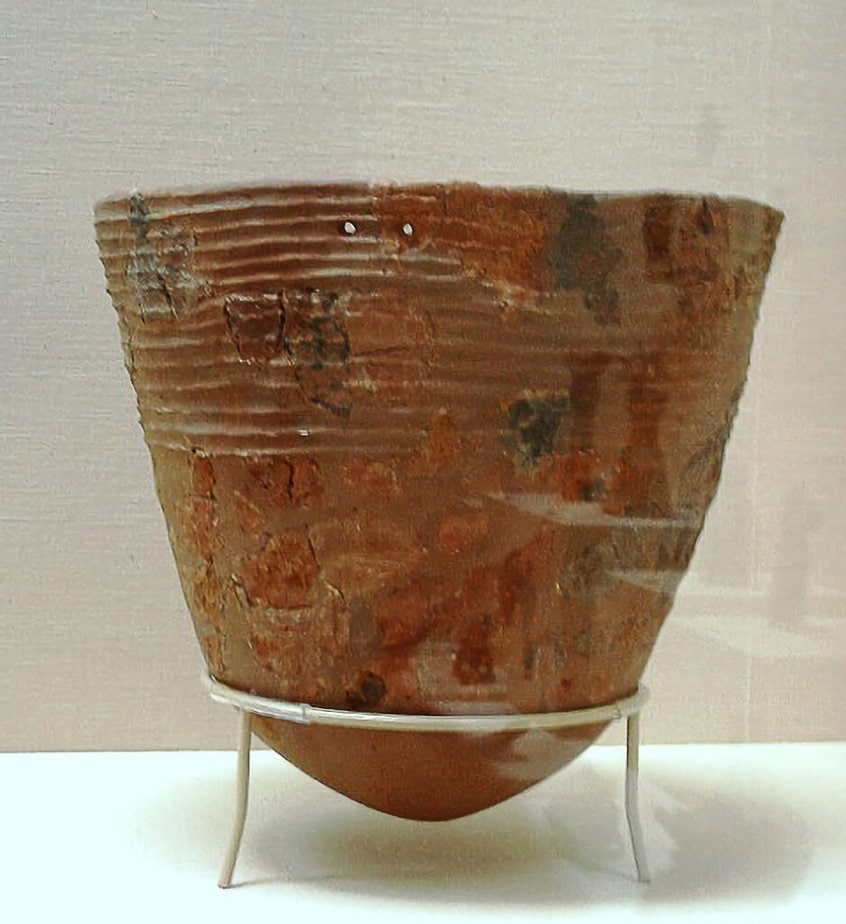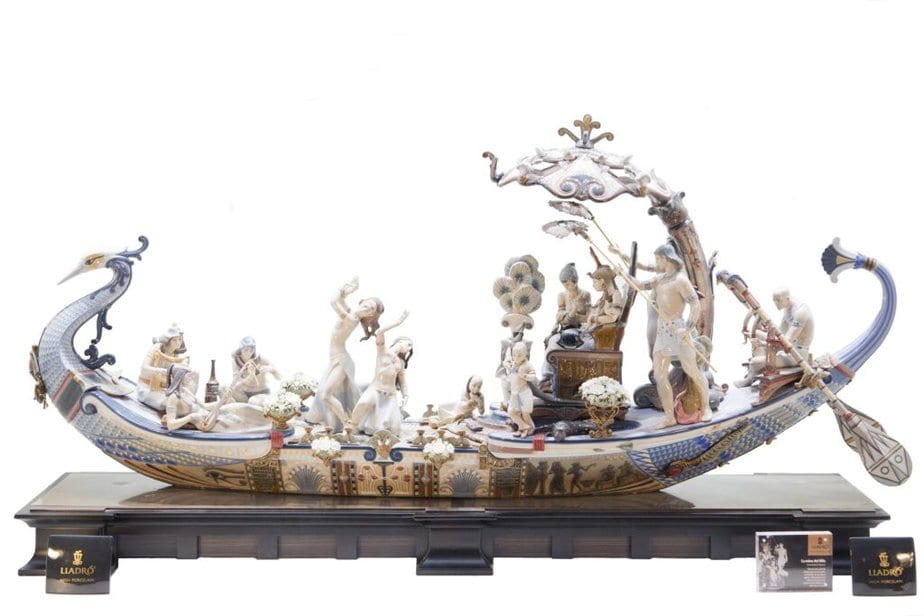Ceramics has been a unique expression of beauty and engineering that has stood the test of time, leaving a mark throughout history.

Its evolution and its influence on the diverse cultures of the world invites us to explore its origins, transcending cultural and temporal boundaries.
Ceramics and its origin
The origin of ceramics dates back to the beginning of mankind. Since ancient times, when ceramic artisans found a way to mold clay and fire to create utensils and vases for their basic needs.
It is believed that the first ceramic pieces were created more than 20,000 years ago, and evidence of their existence has been found in various parts of the world.

Initial discovery
One of the earliest pottery finds was in Jiangxi province, southern China, where a bowl dating back 20,000 years was discovered. This discovery suggests that the origin of ceramics may have been developed independently in different regions of the world.
It has had a significant influence on various cultures throughout history. From the antique civilizations of Mesopotamia and Egypt to the pre-Columbian cultures of the Americas, ceramics have been a means of artistic and cultural expression. It has been used to create utensils, tools, religious and decorative objects, transmitting stories and traditions through generations.
History through porcelain
One of the most outstanding achievements in the history of ceramics is the development of porcelain. Porcelain is considered one of the greatest innovations in ceramic art. It originated in China during the Tang Dynasty (618-907 A.D.) and reached its peak during this period. Chinese ceramists discovered the secret formula for creating porcelain, a material that would later revolutionize the world of art and commerce.
Porcelain’s best kept secret
The secret formula for creating porcelain was kept secret for a long time in China. It is believed that porcelain was created by combining kaolin, quartz and feldspar, and then fired at high temperatures in special kilns, reaching up to 1500º c. This unique combination of materials and firing techniques produced a translucent and resistant material that was highly appreciated throughout the world.

Influence in Europe
Chinese porcelain began to be exported to other parts of the world through antique trade routes, such as the Silk Road. Chinese porcelain is known to have arrived in Europe in the 14th century, where it quickly became a symbol of status and luxury among the nobility and aristocracy.
There is evidence that porcelain was already part of collections such as those of the Duke of Normandy in 1963 and of Lorenzo de Medici in 1487.
Porcelain aroused so much interest in its secret formula that some European companies tried to make replicas, but it was not until 1708 that the first European white porcelain was created thanks to the previous knowledge of several alchemists who had tried to find this formula.
Ceramics has been an integral part of the history and culture of mankind, from its humble origins to its development and evolution over the centuries. Through its beauty and versatility, ceramics has left an undeniable mark on the world.